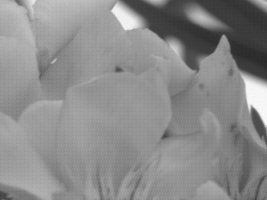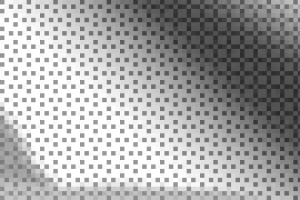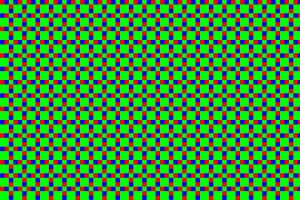Yes that's an obvious exception. I was an industrial/commercial photographer for many years, and of course, everything had to be archived for the clients. My post was aimed at a different audience - hobbyists.
And, of course, there will always be shots (once in a lifetime travel photos, family photos etc) that need to be kept for sentimental reasons, even if they are of poor quality.
But I reiterate the fact that I've found that the quality of my wildlife photography has improved by leaps and bounds due to my practice of regularly reviewing my images, comparing them to older work, and dumping the sub-par stuff. It simply improves the overall standard of my work.
One can do critical analysis comparing more recent work to past work without deleting the past work, too.
Upvote
0



